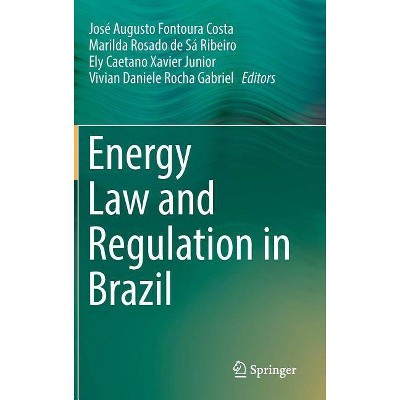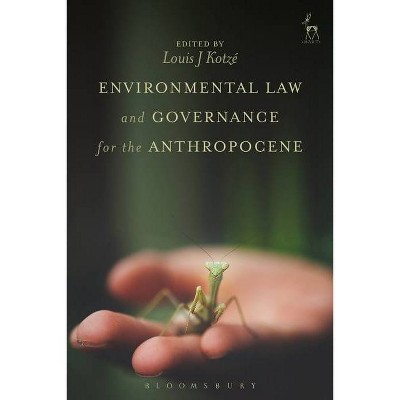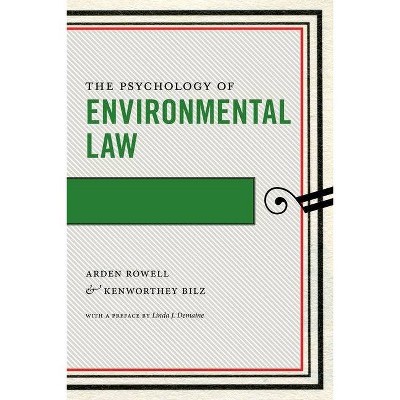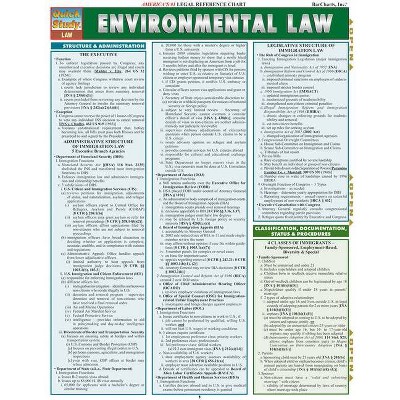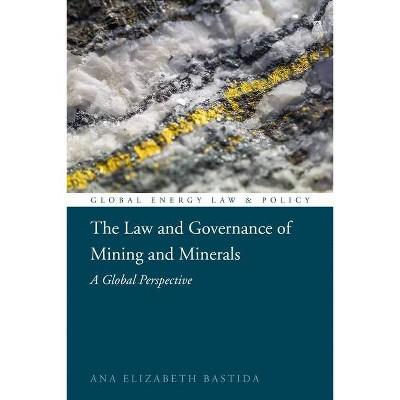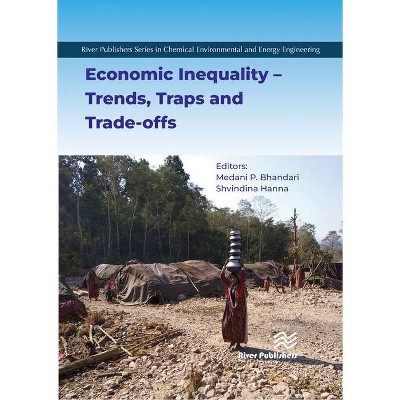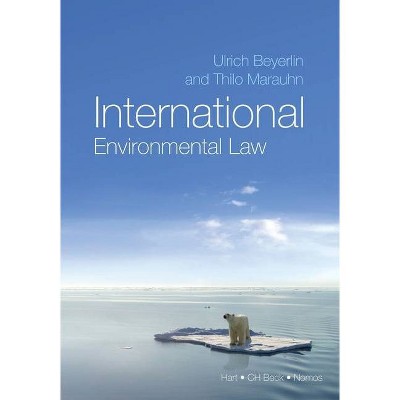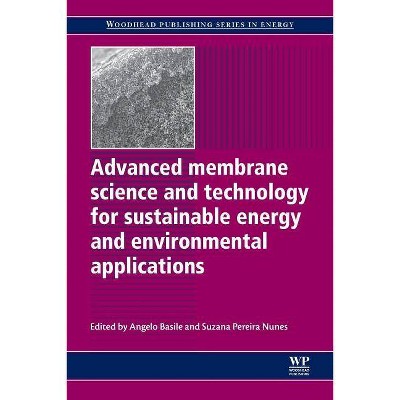Environmental and Energy Law - by Ricardo Pereira & Karen Makuch (Hardcover)
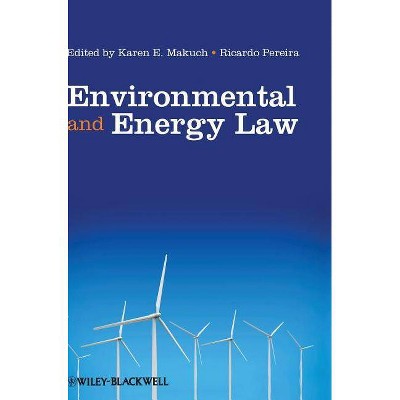
Similar Products
Products of same category from the store
AllProduct info
<p/><br></br><p><b> Book Synopsis </b></p></br></br>Despite bringing prosperity, industrialisation generally leads to increasing levels of pollution which has a detrimental impact on the environment. In response, legislation which seeks to control or prevent such impact has become common. Similarly, climate change and energy security have become major drivers for the regulatory regimes that have emerged in the energy field. Given the global or regional scope of many environmental problems, international cooperation is often necessary to ensure such legislation is effective. The EU and the UK have contributed to the development of the environmental and energy law regimes currently in force, spanning across international, transnational and national levels. At the same time, practical responses to environmental and energy problems have largely been the focus of engineers, scientists and other technical experts. <p><i>Environmental & Energy Law</i> attempts to bridge the knowledge gap between legal developments designed to achieve environmental and/or energy-related objectives and the practical, scientific and technical considerations applicable to the same environmental problems. In particular, it attempts to convey a broad range of topical issues in environmental and energy law, from climate and energy regulation, technology innovation and transfer, to pollution control, environmental governance and enforcement. In addition the book outlines key sector specific legal regimes (including water, waste and air quality management), focusing on issues or topics that are particularly relevant to both environmental and energy lawyers, and engineering, science and technology-oriented professionals and students. In this vein, the book guides the reader on some basic practical applications of the law within scientific, engineering and other practical settings.</p> <p>The book will be useful to all those working or studying in the environmental or energy arena, including law students, legal professionals, engineering and science students and professionals. By adopting a multi-disciplinary approach to environmental and energy law, the book embraces all readerships and helps to address the often thorny problem of communication between scientists, engineers, lawyers and policy-makers.</p><p/><br></br><p><b> From the Back Cover </b></p></br></br>Despite bringing prosperity, industrialisation generally leads to increasing levels of pollution which has a detrimental impact on the environment. In response, legislation which seeks to control or prevent such impact has become common. Similarly, climate change and energy security have become major drivers for the regulatory regimes that have emerged in the energy field. Given the global or regional scope of many environmental problems, international cooperation is often necessary to ensure such legislation is effective. The EU and the UK have contributed to the development of the environmental and energy law regimes currently in force, spanning across international, transnational and national levels. At the same time, practical responses to environmental and energy problems have largely been the focus of engineers, scientists and other technical experts. <p><i>Environmental and Energy Law</i> attempts to bridge the knowledge gap between legal developments designed to achieve environmental and/or energy-related objectives and the practical, scientific and technical considerations applicable to the same environmental problems. In particular, it attempts to convey a broad range of topical issues in environmental and energy law, from climate and energy regulation, technology innovation and transfer, to pollution control, environmental governance and enforcement. In addition the book outlines key sector specific legal regimes (including water, waste and air quality management), focusing on issues or topics that are particularly relevant to both environmental and energy lawyers, and engineering, science and technology-oriented professionals and students. In this vein, the book guides the reader on some basic practical applications of the law within scientific, engineering and other practical settings.</p> <p>The book will be useful to all those working or studying in the environmental or energy arena, including law students, legal professionals, engineering and science students and professionals. By adopting a multi-disciplinary approach to environmental and energy law, the book embraces all readerships and helps to address the often thorny problem of communication between scientists, engineers, lawyers and policy-makers.</p><p/><br></br><p><b> Review Quotes </b></p></br></br><br><p>The fact that this book is not simply aimed at legal experts in no way detracts from the value of its contents, since the authors are all profoundly knowledgeable about the topics in question. An added benefit is that, notwithstanding the complex topic of the study, it is easy to read and highly educational, especially to non-legal specialists, and provides a strong blend of depth and simplicity. This book accordingly merits praise not only for its design, aim and objectives, but also, and in equal measure, for its form and content.</p> <p><i><b>Montserrat Abad Castelos</i></b>, University Carlos III of Madrid, Review of European Community & International Environmental Law, 25 (1) 2016 </p> <p>By delivering an extensive volume with a convincing structure and an intelligent system of cross-referencing throughout every one of its parts, Environmental and Energy Law manages to remain in a comfortable middle-ground between the legal abstraction of general principles and the details of regulations on technical standards. And this middle ground is precisely what allows the volume to be an interesting option for engineers, economists and even entrepreneurs apart from being a comprehensive source of information for legal scholars and an enjoyable textbook for students (of law or broader environmental studies alike) with exercises and case studies.Â</p> <p>ÂThe introductory intention  that stressed that lawyers would be invited to learn about engineering and scientific developments, preparing themselves for regulatory challenges of the future, is well kept: I could say that as an international lawyer, this volume indeed helped me to have a more accurate glimpse as to the links between environmental law and engineering and science. Indeed, after reaching the last page of this volume, I can affirm that Karen E. Makuch and Ricardo PereiraÂs Environmental and Energy Law manages to demonstrate, with immediate and actual examples, that policy and regulation can act as major innovation-driving forces, a conclusion that is so important for engineers and investors as it is for all lawyers and students of law.Â</p> <p><i><b>Nelson F. Coelho</i></b>, Utrecht University, European Energy and Environmental Law Review, October 2015</p><br><p/><br></br><p><b> About the Author </b></p></br></br><b>Karen E. Makuch</b> is lecturer in environmental law and energy law in the Centre for Environmental Policy at Imperial College London, where she teaches postgraduate courses on Environmental Analysis & Assessment, Pollution Management and Global Environmental Change & Policy. She has a wide-range of experience in the practical application of EU Environmental Law and its implementation, including in new and potential EU Member States. <p><b>Ricardo Pereira</b> (LLM, Ph.D.) is Lecturer in Environmental & Energy Law in the Centre for Environmental Policy, Imperial College London. He also convenes and lectures in the LLM in Environmental Law in the Law School at Queen Mary, University of London, on International Natural Resources Law and the International Law of the Sea.</p>
Price History
Price Archive shows prices from various stores, lets you see history and find the cheapest. There is no actual sale on the website. For all support, inquiry and suggestion messages communication@pricearchive.us
